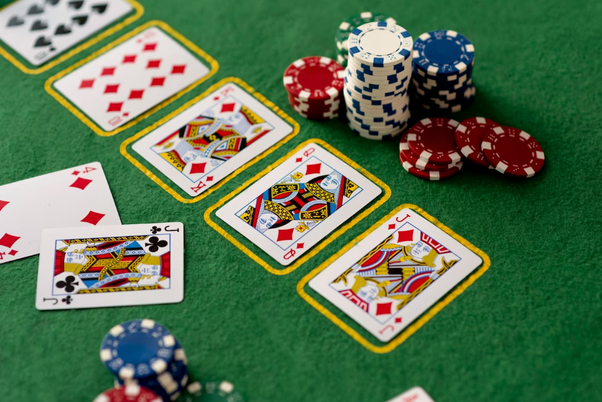Rummy has become a part of many cultures around the world. It is enjoyed by people of all ages and social backgrounds as a recreational activity and a way to connect with friends and family.
It is also a great source of entertainment, stimulating the brain and helping players develop their observation skills. Moreover, it can be played for real money and even competitively.
Origin
Rummy is a card game where players use the cards to form groups of sets and sequences. The rules of rummy vary depending on the specific game, but all rummy games share a common underlying process of draw and discard. The basic objective is to be the first to complete melds, and receive points based on the penalty value of unmatched cards.
The earliest version of rummy was developed in the early 1900s, with variations such as Gin Rummy gaining popularity in the 1920s. However, rummy has become increasingly popular as online platforms have allowed people to play from the comfort of their homes.
Rules
While the exact rules of Rummy are unclear, it is believed to have evolved from a Mexican game called Conquian. The game spread to the United States in the early 1900s and quickly became a favorite pastime.
During this time, many variations were developed, including the famous game of Gin Rummy. In the game, players draw and discard cards in an effort to form sets and sequences. The first player to complete their hand wins the game.
Today, the game of Rummy is played all over the world. It is a popular activity among friends and families, and it helps bring people together. It requires a high level of concentration, focus and strategy, which can help build confidence in individuals. It is also a fun way to exercise mental agility.
Variations
While rummy has many variations, most of them are based on the same basic principle. Players try to form melds, or sets and sequences of cards that match in rank or suit. A meld must contain at least three cards to be valid. The player with the lowest score wins.
In addition to forming melds, players may also discard unwanted cards. These cards are known as deadwood. The goal is to remove as many unmatched cards from the game as possible, reducing a player’s score and eliminating deadwood.
Some rummy variants include wild cards, which can substitute for any card in a meld. In addition, some rummy games require players to show their melds to the other players, which is known as “laying off.” This process allows other players to play cards into a shown meld.
Symbols
Rummy is one of those games that has stayed popular for numerous years. While many other skill-based card games have come and gone, rummy has managed to remain intact for years.
Rummy involves forming sets (also known as melds) and runs of cards in the same suit. The ace is considered high or low, depending on the game, and the other cards are counted in scores according to their rank.
Some variations of rummy require players to show their cards before the end of a round. This shows the other players what cards they have in hand and allows them to play into those melds. Some rummy variants also allow players to lay off cards, which reduces their score. The game of rummy is played in a variety of ways across the globe.
Strategy
Rummy is a card game that requires skill, strategy, and quick thinking. The game is not dependent on luck and can be enjoyed by people of all ages. It also helps to improve mental acuity and reduce stress.
In most rummy variants, players aim to form groups of cards called melds. Melds may include sets or sequences, and can be made from any suit. Wild cards, or jokers, can be used in melds to substitute for any card.
In order to win the game, players must show a full hand of melds. This can be done by discarding one or more excess cards. Showing ends the round and rewards players with points. The game can be played by two or more players. The loser must buy the winner drinks, or rum, according to the rules of the game.





